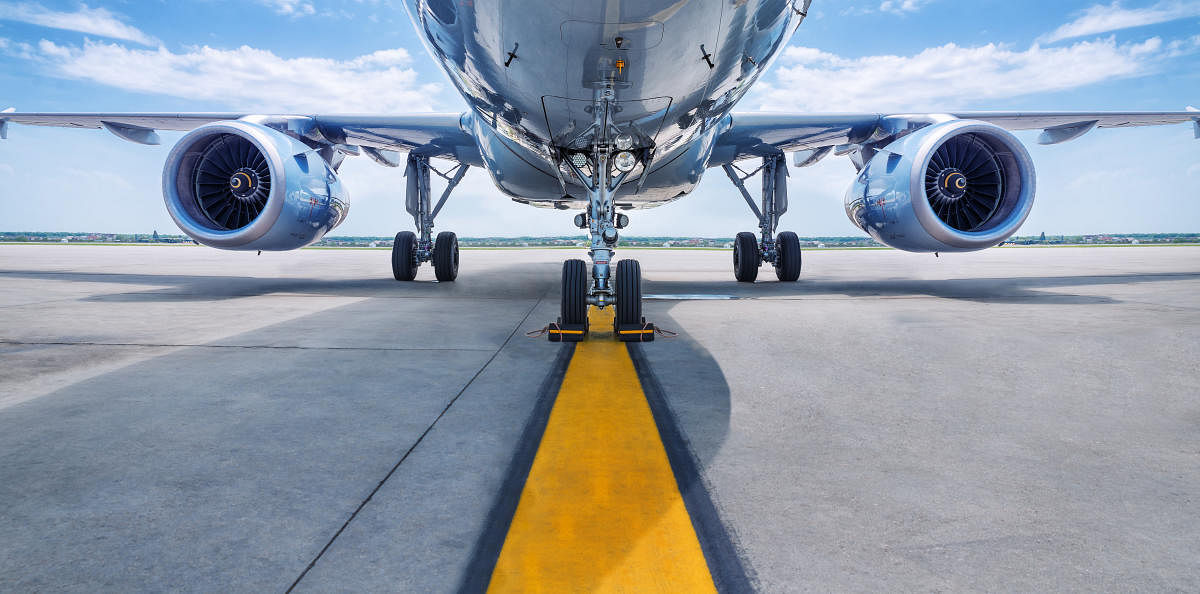
In late February, Prime Minister Narendra Modi said that days are not far when a ‘made-in-India’ passenger aircraft would enter the market. This was part of his larger strategy to boost ‘Aatmanirbhar Bharat’. Last month, Civil aviation minister, Jyotiraditya Scindia said that civilian aircraft manufacturing is taking ‘firm roots’ in India, and sounded confident about the transfers of technology and investments in space.
However, the ground reality is that India’s share in the global commercial aerospace supply chain is a minuscule 1-1.5 per cent, and any indigenous commercial aircraft is at least 2-3 decades away. This is markedly different from the massive strides undertaken in military aircraft manufacturing.
Just a fledgling
“In terms of commercial aviation manufacturing, India is still in the initial stages,” said Paramprit Singh Bakshi, vice president - South Asia, at the Centre for Asia Pacific Aviation (CAPA). Bakshi said that so far Indian players are operating on the low-value side of manufacturing.
So far, the only indigenous civilian aircraft of note has been the ‘Saras’ designed by state-owned National Aerospace Labs. Two prototypes have been built, and only one has ever taken flight. The project was almost killed off before being revived in 2017.
“The production side of things is growing. However, the will to do proprietary designs is missing in India,” added an industry expert closely associated with commercial aerospace manufacturing in India. There is also heavy dependence on foreign counterparts for technology and aerospace-grade raw material, he said.
The space has grown in India with manufacturers such as Airbus and Boeing sourcing a proportion of their inputs from here. While Airbus and Boeing collectively source about $1.6 billion worth of Indian products, data reveals that there are not more than 10 global aerospace companies in India, directly supplying to them. A bulk of these are MSMEs.
Scaling up remains an issue
Data from the Ministry of Micro, Small and Medium Enterprises shows that while there are over 20,000 MSMEs in the aviation sector, only 642 are directly involved in manufacturing aircraft components. Others deal with categories like airport ground handling equipment, maintenance, repair and overhaul services etc. The data points from analytics firm Dun and Bradstreet showed a similar trend.
Even among those associated with aircraft component manufacturing, most are subcontracted for basic procurements by the handful of larger commercial aerospace (tier-1) companies, who work directly with original equipment manufacturers (OEMs). Worse, many are further down the supply chain, working as sourcing points for sub-contractors (tier-2 companies).
“MSMEs need to have easier access to finance in order to grow their businesses. This is done in other countries via government-backed loans or making it easier for MSMEs to access credit from banks for certain types of investments,” said Salil Gupte, President, Boeing - India.
World Bank data indicates that only 15 per cent of MSMEs in India have a bank loan, compared to 45 per cent in many peer nations. “The crux of the issue lies in the loan rejection rates. A considerable 28 per cent of Indian MSMEs encounter loan application rejections, while this number is just 5 per cent among businesses in ‘rapid reformers’,” explained Arun Singh, global chief economist at Dun & Bradstreet.
The capital-intensive sector with long gestation periods, coupled with a high-risk element, does not appeal to private equity investors and venture capitalists. This has also impaired the process of scaling up.
“Investors are very hesitant to look at this space primarily because of misgovernance issues,” informed Prashant Narang, co-founder and chief executive of Agility Ventures, a venture capital firm. “Setting up a regulatory authority for MSMEs will significantly boost investor confidence,” he added.
“Government has to become a buyer for civil aviation MSMEs to grow,” said KV Kuber, Director-Aerospace and Defence, EY.
Citing examples of other countries where commercial aerospace manufacturing is incentivised, industry players point out that there is “no institutionalised framework” in India. While productivity-linked incentives and subsidies could be a shot in the arm for the sector, a national-level industrial aerospace policy is needed, suggested Aravind Melligeri, the chairman and CEO of Aequs Aerospace.
“As long as the government does not come up with an integrated and strategic roadmap for growth this sector will not grow,” underscored Bakshi.